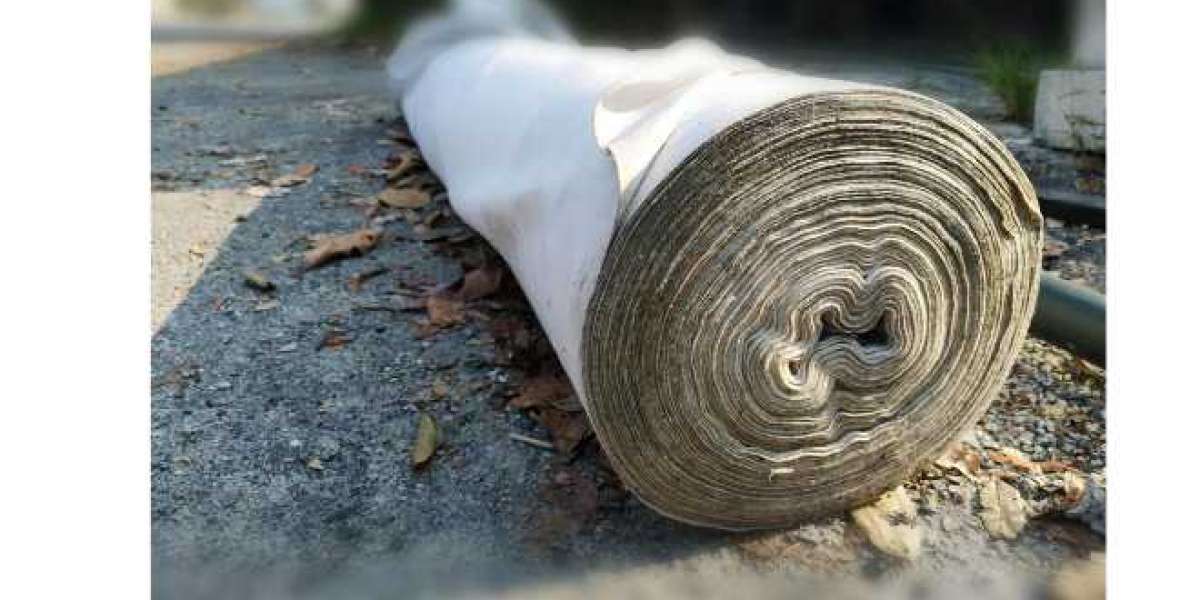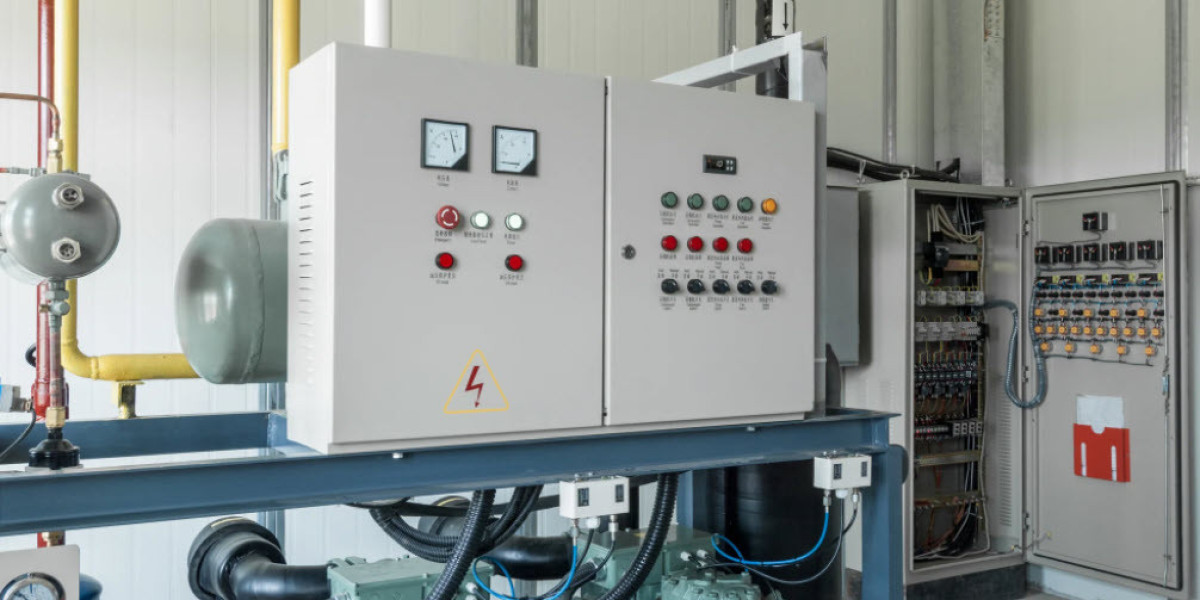In construction and environmental engineering, geotextile fabric has emerged as a game-changing material. Its versatility, durability, and efficiency have made it a critical component in numerous infrastructure projects worldwide. This comprehensive guide Pulkit Plastic Products explores everything you need to know about geotextile fabric, its applications, types, benefits, and answers to common questions about its use.
What Is Geotextile Fabric?
Geotextile fabric is a permeable textile material designed for use in civil engineering, construction, and landscaping. Typically made from synthetic materials like polypropylene or polyester, geotextile fabrics are used to separate, filter, reinforce, protect, or drain in construction projects.
This innovative material is vital in addressing challenges like soil erosion, drainage, and stabilization, making it indispensable in modern infrastructure.
Applications of Geotextile Fabric
The adaptability of geotextile fabric makes it suitable for a wide range of applications:
1. Soil Stabilization
Geotextile fabric is commonly used to stabilize soil in road construction, preventing soil movement and ensuring a stable foundation for heavy loads.
2. Erosion Control
In areas prone to erosion, Geotextile sheet fabric acts as a protective barrier, reducing the impact of water or wind on soil. It is frequently used in coastal and riverbank protection projects.
3. Drainage Systems
Geotextile fabric facilitates water flow while preventing soil or debris from clogging drainage systems. It is a crucial component in French drains, retaining walls, and underdrain systems.
4. Landfills and Waste Management
Used as a liner or cover, geotextile fabric ensures the safe containment of waste materials, preventing contaminants from leaching into the environment.
5. Agriculture and Landscaping
Geotextile fabric is also popular in agriculture for weed control and moisture retention, as well as in landscaping for creating stable pathways and garden beds.
Types of Geotextile Fabric
Geotextile fabrics can be broadly classified into three main types based on their manufacturing process and intended applications:
1. Woven Geotextile Fabric
- Made by weaving polypropylene or polyester fibers.
- Known for its high tensile strength.
- Ideal for soil stabilization and load distribution.
2. Non-Woven Geotextile Fabric
- Produced by bonding fibers together through heat or chemical methods.
- Offers excellent filtration and drainage capabilities.
- Commonly used in drainage systems and erosion control.
3. Knitted Geotextile Fabric
- Manufactured by knitting fibers into a fabric structure.
- Combines properties of both woven and non-woven fabrics.
- Used in specialized applications requiring flexibility and strength.
Benefits of Using Geotextile Fabric
Geotextile fabric is celebrated for its numerous advantages, which include:
1. Enhanced Durability
Designed to withstand extreme environmental conditions, geotextile fabric remains effective even under heavy loads or exposure to chemicals.
2. Cost-Effective Solution
Although it adds an initial cost to projects, the long-term savings in maintenance and repairs make geotextile fabric a cost-efficient choice.
3. Eco-Friendly Option
By preventing soil erosion and reducing waste contamination, 200 gsm geotextile contributes to environmental sustainability.
4. Improved Efficiency
Its multifunctionality allows for quicker and more efficient project execution, saving time and resources.
How to Choose the Right Geotextile Fabric
Selecting the right geotextile fabric for a project depends on factors like:
- Application Requirements: Determine whether you need filtration, drainage, reinforcement, or erosion control.
- Material Strength: Woven fabrics are stronger, while non-woven options are better for filtration and drainage.
- Environmental Conditions: Consider exposure to UV rays, chemicals, and water pressure.
Consulting with a geotextile supplier or an engineering expert can help you make an informed decision.
Installation of Geotextile Fabric
Installing geotextile fabric requires precision to ensure maximum efficiency. Here’s a simplified guide:
Site Preparation:
Clear the area of debris and ensure the surface is level.Placement:
Unroll the geotextile fabric across the designated area, overlapping sections to avoid gaps.Anchoring:
Use pins, stakes, or weights to secure the fabric, preventing movement during backfilling or covering.Covering:
Once in place, cover the fabric with soil, gravel, or other materials as per the project requirements.Testing:
Inspect the installation for proper alignment and ensure there are no visible tears or gaps.
Challenges and Limitations
While geotextile fabric offers numerous benefits, there are some challenges to consider:
- Susceptibility to Damage: Improper handling during installation can lead to tears or punctures.
- UV Sensitivity: Prolonged exposure to sunlight can degrade some geotextile fabrics.
- Compatibility Issues: Choosing the wrong type of fabric for specific applications can lead to suboptimal performance.
To mitigate these issues, proper planning, careful installation, and regular maintenance are essential.
The Future of Geotextile Fabric
As technology advances, Geotextile used in road construction are becoming even more efficient and sustainable. Innovations like biodegradable geotextiles and smart fabrics embedded with sensors are on the horizon, promising to revolutionize construction and environmental engineering further.
Conclusion
Geotextile fabric has become a cornerstone of modern construction and environmental projects. Its versatility, durability, and eco-friendly properties make it an invaluable tool for addressing complex challenges like soil erosion, drainage, and stabilization.
By understanding the types, benefits, and installation techniques, you can leverage geotextile fabric to enhance the efficiency and longevity of your projects. Whether you’re working on a road, a landfill, or a landscaping project, geotextile fabric offers a reliable and cost-effective solution for sustainable development.
Frequently Asked Questions (FAQs) About Geotextile Fabric
1. What is the lifespan of geotextile fabric?
The lifespan varies depending on the material and environmental exposure. Most high-quality geotextile fabrics can last 20 to 50 years when used correctly.
2. Is geotextile fabric waterproof?
Geotextile fabric is not inherently waterproof but is designed to control water flow while preventing soil erosion or clogging.
3. Can geotextile fabric be reused?
In certain cases, geotextile fabric can be reused if it is undamaged and removed carefully. However, its performance may diminish with repeated use.
4. How much does geotextile fabric cost?
The cost depends on the type, size, and quality of the fabric. On average, it ranges from $0.50 to $2.00 per square foot, with specialized fabrics costing more.








